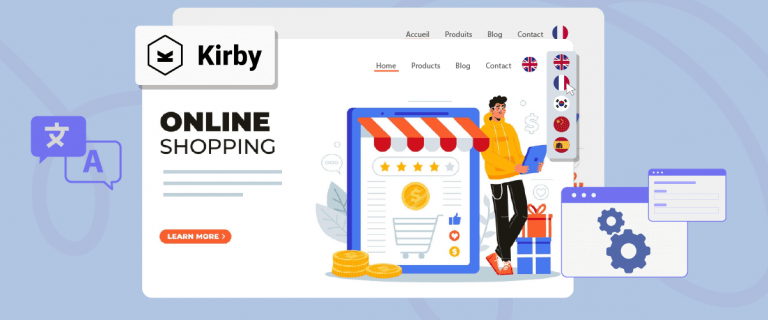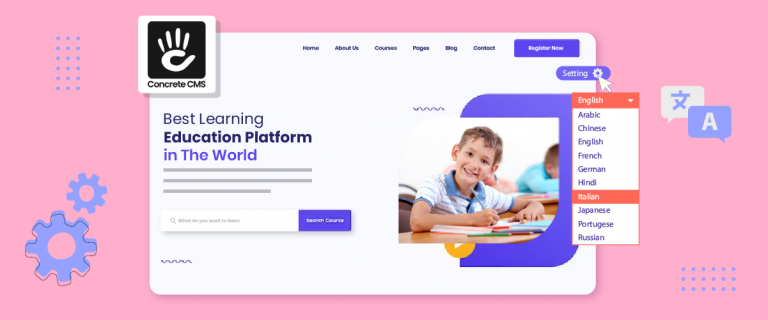Want to understand people from different backgrounds? Language is key! However, translating between languages is not always easy. There are several problems encountered in translation. From confusing idioms to technical terms, translation challenges arise every day.
Some terms may not have an equivalent translation, making communication between languages difficult. However, in some field work, precision is essential when adapting legal or medical materials. Effective utilization of technology is necessary to overcome this obstacle.
Understanding common translation pitfalls can help you avoid them. This article discusses the most common translation problems, covering general challenges, cultural nuances, and issues specific to machine and literary translation.
Common Problem Translation that Occur
Let’s find out some general translation issues that you often face when translating.
1. Different Structure of Language
One of the common problem translations is fundamental structures, even at the level of basic word order.
For example, English translation is an SVO (subject-verb-object) language, Turkish follows an SOV (subject-object-verb) sentence structure. Also, in English the adjective is placed before the noun, but in French the adjective comes after the noun. In Arabic and some other languages, the subject pronoun is part of the verb, and it determines the gender of the subject and the voice of the sentence.
Take English and Turkish as examples. English follows the subject-verb-object structure, as in “I miss you.” Turkish, on the other hand, employs the subject-object-verb structure, resulting in a sentence like “I miss love” or “Ben seni özledim.” This simple difference in word order demonstrates how languages can vary even in their most fundamental building blocks.

When look at the data, actually there’s several language structure that can define.
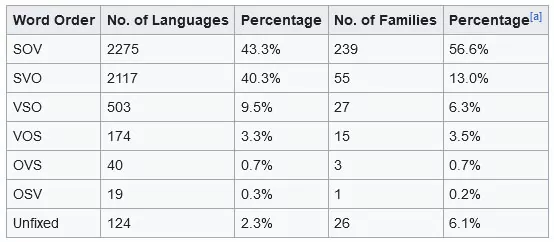
When look at the data, actually there’s several language structure that can define. >> screenshot from wikipedia
To further explore, you can also use one word in Turkish to say “Apartmandayim” which means “I am in the apartment” in English. This is a very different structure from English.
Translation often requires significant restructuring, the extent of which depends on the languages being translated. The greater the complexity of their grammatical and structural differences, the more challenging the translation becomes.
2. Maintaining Consistency in Tone and Style
For effective communication, maintaining the original tone and style is crucial when translating content. For example, in branding, the tone is how you communicate and the voice you give to your business. It sets your brand apart from competitors, helps you connect with customers, and is recognizable in marketing materials like slogans, taglines, and advertisements.

For effective communication, maintaining the original tone and style is crucial when translating content. For example, in branding, the tone is how you communicate and the voice you give to your business. It sets your brand apart from competitors, helps you connect with customers, and is recognizable in marketing materials like slogans, taglines, and advertisements.
To ensure the tone translates effectively into other languages, you must consider the various components that contribute to tone:
- Diction – The words you choose, whether they are straightforward or more complex.
- Formality – Maintaining an informal or formal tone.
- Rhythm – The flow and cadence of the language.
Humor, slang, and cultural references can also be part of the overall tone.
Replicating all of these nuances one-to-one in another language is challenging, requiring the expertise of a skilled translator. Alternatively, you could opt for a slightly different but consistent tone in the target language, but this also requires careful consideration.
3. Culture Different
Cultural differences are also a common translation problem. Every country has a significant language or slang that may have a different meaning if translated in another country.
The larger the area where the language is spoken, the more dialects there may be, and the more colloquial words you are likely to find – except in technical document translation, legal document translation or medical transcript translation.
For example, the British are famous for their dry and biting sarcasm, which is a hallmark of their humour. However, this kind of sarcasm may not be appreciated not only in countries where a different language is spoken, but also in other countries where English is spoken.
Somehow in human you have to pay attention. Something that might be a joke in one language can be a harsh insult in another. Therefore, you have to work with nuance so that the intent works in both languages. More on that soon.
4. Name Translation
Translating names can be quite challenging. Each language that utilizes a specific word like Japan, Chinese, Korean, Arabic, and others, presents difficulties in pronunciation when translated into the Latin script. For instance, the former leader of China can be written as “Mao Zedong” or “Mao Tse-Tung,” depending on the transliteration used. Similarly, in Korean, the name Goo Hye Sun can also be written as Koo Hye Sun. When translating, one must make a choice and stick with it.
5. Language and Subject Matter Expertise
Translation is a complex process that goes beyond simply swapping words between languages. While a strong grasp of linguistic principles is essential for accurate translation, deep knowledge of the subject matter is equally crucial.
Imagine attempting to translate a medical document, a legal contract, or instructions for handling hazardous materials without any understanding of the subject. The results could be disastrous, leading to misinterpretations and potentially harmful consequences.
This is why specialization is key in the translation field. Translators often focus on specific areas, such as medicine, law, or technology, to ensure they possess the necessary expertise to translate texts accurately and effectively. This specialized knowledge allows them to understand the nuances of the source text and convey its meaning faithfully in the target language.
By combining linguistic proficiency with subject matter expertise, translators can bridge the gap between languages and ensure that the translated text is not only accurate but also cl ear, concise, and culturally appropriate.
6. Words with Multiple Meanings
The English language contains words that can have multiple meanings depending on how they are used. This adds complexity and nuance to our communication. There are two types of these words: homographs and homophones.
- Homographs are words that are spelled the same but have different meanings, for example “break” (to shatter) and “break” (a pause).
- Homophones are words that sound the same but have different spellings and meanings, such as “break” and “brake”, or “grate” and “great”.

In addition to these examples, English also includes idioms, metaphors, and similes, further enriching its expressiveness. However, it’s important to note that these linguistic features may not be present in other languages, which makes English a unique and fascinating language to study.
7. Understanding two-word verbs
Mastering two-word verbs can be a daunting task for many people around the world. It involves memorising the difference between phrases such as ‘to break up’, ‘to break in’ and ‘to break down’, each of which has a unique meaning.
While on the surface, these phrases seem like simple combinations of verbs and prepositions, these combinations have specific and often unrelated meanings, making it a challenge to translate accurately from one language to another. To properly convey the essence of a two-word verb requires proficiency in both the source and target languages.
8. Design and Layout Issues
Don’t forget that each language doesn’t have the same position as the text. They affect the design of the website and can mess up the original layout. Something to keep in mind when converting our website into another language. This will affect all designs and layouts.
For example, not all languages star writing on the left, some of them are on the right, like Arabic. When you create Arabic content, it should be written on the right, so it might affect how you communicate with images and text.
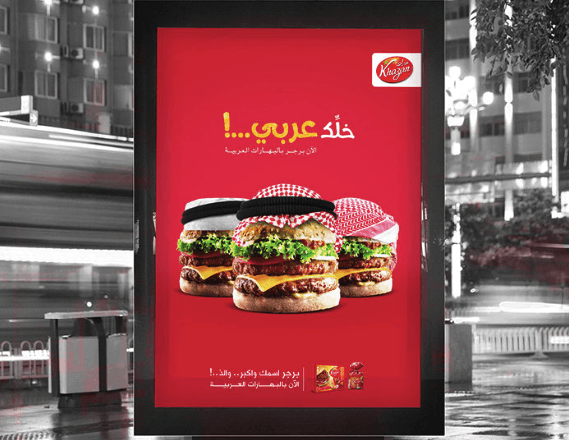
Also, there’s different phrases in each location. For example, in Asia, character-based language is often much shorter than its Western equivalent because each character is a word or syllable.
9. Culture and Language Are Tightly Connected
Cultural differences become one of the problems of translation and communication. Language reflects the values, beliefs, customs, and traditions of a particular culture. The same word or phrase can have different connotations or meanings across languages. For example, in China it was once common to greet people by asking “Have you eaten?”, as access to food was more limited in the past.
For businesses operating globally, the language and messaging used can significantly impact how different cultures perceive the brand. This is why practices like transcreation and localization are so important. Certain topics or concepts may be taboo or inappropriate in some cultures. Additionally, visual elements like colors, images, layout, as well as formatting for currency, dates, measurements, and more need to be adapted for local markets.
Accounting for these cultural nuances in translation and communication is crucial for ensuring our messages and brand resonate effectively with diverse audiences around the world.
10. Idioms, Expressions, and Slang
The challenge of translation lies in deciphering idioms, expressions, and slang, which are deeply rooted in culture. Everyday expressions can be specific to a certain language and present difficulties in translation because they cannot be interpreted literally. Many expressions are derived from the cultural context of the language.
Even within the same language, different dialects can have words with varying meanings. For instance, Australian English features words not commonly used in other English-speaking countries, such as “Barbie” (for barbecue), “thongs” (for flip-flops), or “Maccas” (for McDonald’s).
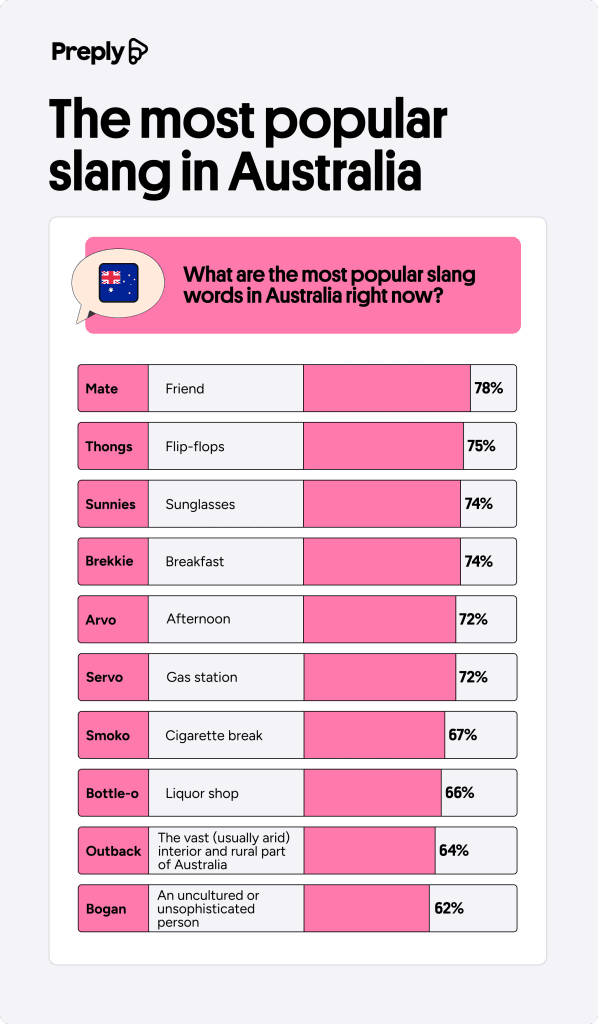
Additionally, slang terms like “fender-bender” in American English refer to a minor car accident resulting in superficial damage to the car’s fenders. While this term is widely used in the US, it is not commonly used outside of North America.
Understanding and translating these expressions requires significant cultural knowledge and is one of the most prevalent challenges in translation, particularly in machine translation.
11. Problem with machine translation
Machine translation has become a solution these days to fix translation problems that you need. However, there are still to be considered. Especially when you need to translate all pages on a website.
Of course, the first problem is that machine translations are often quite literal. Machines don’t have the same awareness of context and culture as a human translator has. They are also not a subject matter expert in a particular area but more of a general service provider.
For that reason, it’s almost always best to supplement machine translation with a check by a human translator. They can correct any glaring mistakes as well as make more nuanced decisions than an algorithm.
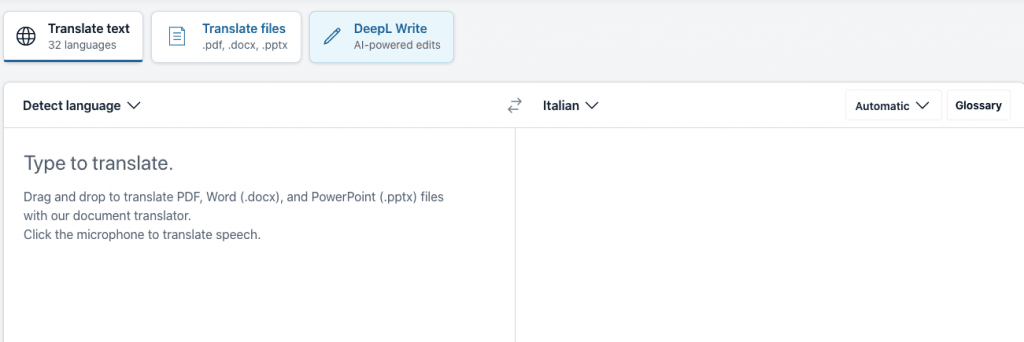
Machine Translation: More Suitable Than Others
Because of the problems with accuracy, machine translation is best suitable for less complex types of content. Things like business content, website content, etc., where the style or character of the work is less important. A machine often simply can not perform the same work as a literary translator.
Machine translation can be a powerful tool for online businesses seeking to expand their reach. While it’s essential to review translations for accuracy, it simplifies the process of making our website multilingual. Five companies have already seen the benefits of using machine translation to boost their international presence.
While machine translation has its limitations, it can still be useful, particularly for accelerating the initial stages of the translation process. It can be effective for less complex content and situations where absolute precision is not the top priority. We may wish to review our selection of machine translation software options to determine the best fit for our needs.
Problem translation: Fix it on your website? Linguise provide it!
You might be facing the problem of translation, and it would be challenging to implement it. But now, at least for your WordPress website, you don’t need to spend time translating directly. You can use Linguise as your multilingual website translation. Here’s why!
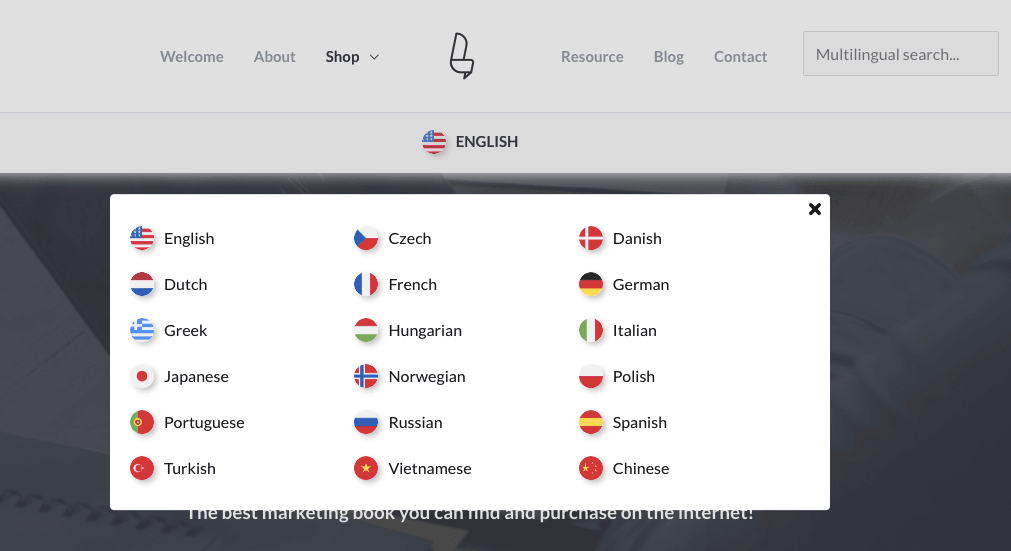
Manage content in one interface
Linguise offers 100% automatic translation completeness in one dashboard. Manage all multilingual website content from the translation dashboard. You don’t need to translate one by one and make a complex code. When you translate that page, all website content will automatically translate over widgets and menus to themes, plugins, and more.
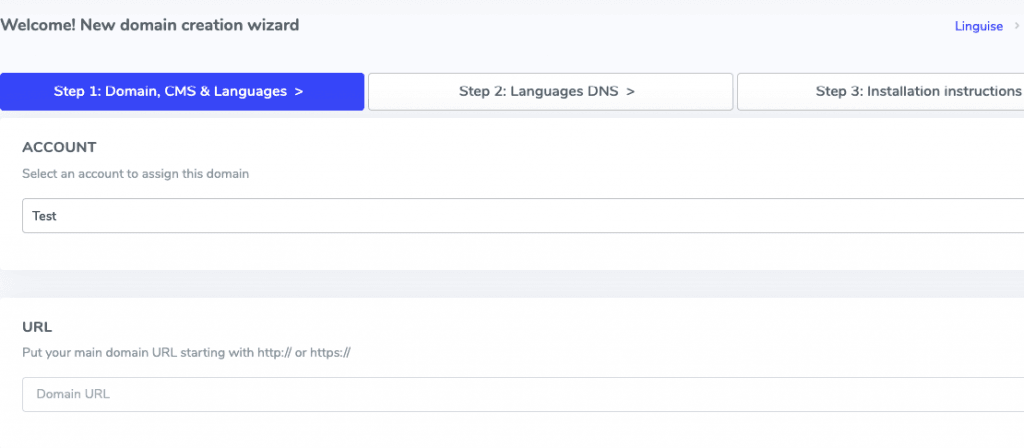
At Linguise, you use Google best in class Neural Machine Translation (NMT) models to ensure you get the most accurate translations for your content. The models are constantly updated, providing our clients with guaranteed improved translation accuracy available in various languages.

Provide dynamic content translation
Linguise allows us to localize our images as well. As discussed earlier, images can contain text that needs to be translated or may need to be adapted for different regions. Localizing our visual content works the same way as localizing text. Simply select an image from the Linguise interface and choose an alternative version on the left. Once you save the changes, the localized image is ready to go.

At linguise you also provide dynamic content translation, which uses AJAX support to seamlessly translate our content. As soon as our page is translated, all the content is translated too, without any page required.
For example, in the section below, once you change the language setting to another language, such as French, the images will automatically display in that language. You can then switch back to English, and the images will seamlessly update to the English versions without requiring you to reload any pages. Your language preference is applied consistently across the entire application.

Ready for Multilingual SEO
Linguise also offers multilingual SEO support. With the feature, you don’t need extra effort to focus on them. You can translate your page links, SEO titles, meta descriptions, ALT tags, and other important SEO elements.
Linguise’s multilingual content is fully and quickly indexed by all the major search engines. Once your website translation is activated, you can significantly raise the page index process using search engines webmaster tools such as the Google Search Console, Baidu Search resource, Yandex webmaster.
Let's Embrace Translation Problem
You know that translation problems can occasionally arise due to factors such as cultural differences, structural variations, or contextual influences. Nevertheless, the optimal approach is to make a concerted effort to overcome these challenges.
In the preceding discussion, you have explored some translation problems that can manifest in diverse domains, including cultural nuances and challenges in literary translation. Hopefully, you now possess a more comprehensive understanding of these potential issues and a heightened appreciation for the art of translation.
If you need tools that can automate website translation, you may wish to consider using Linguise. Linguise offers a one-month trial period for your convenience here.



